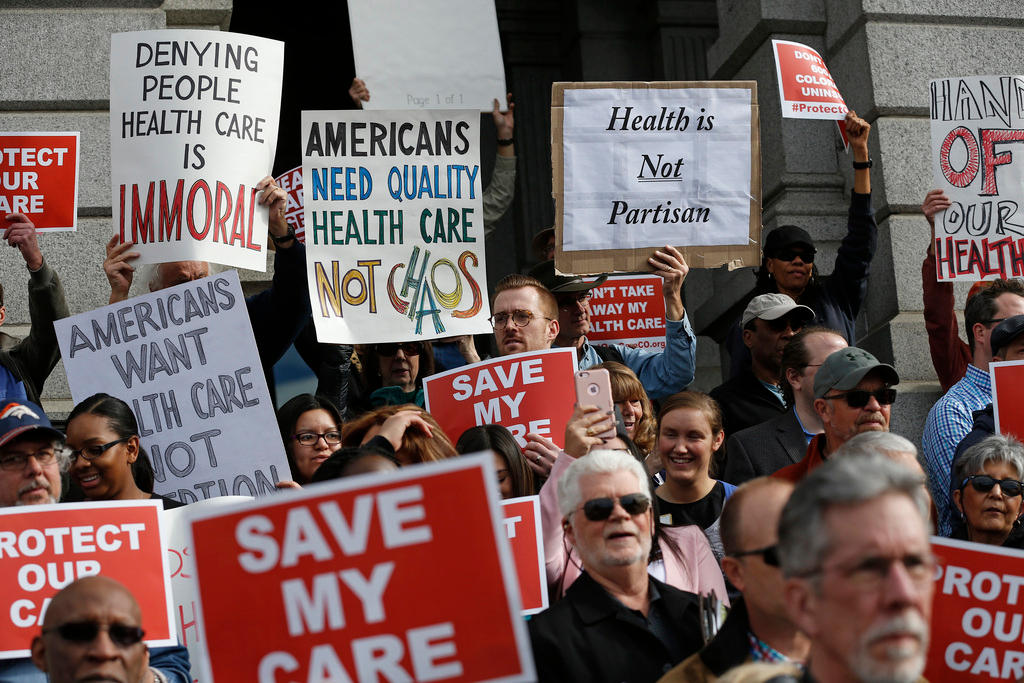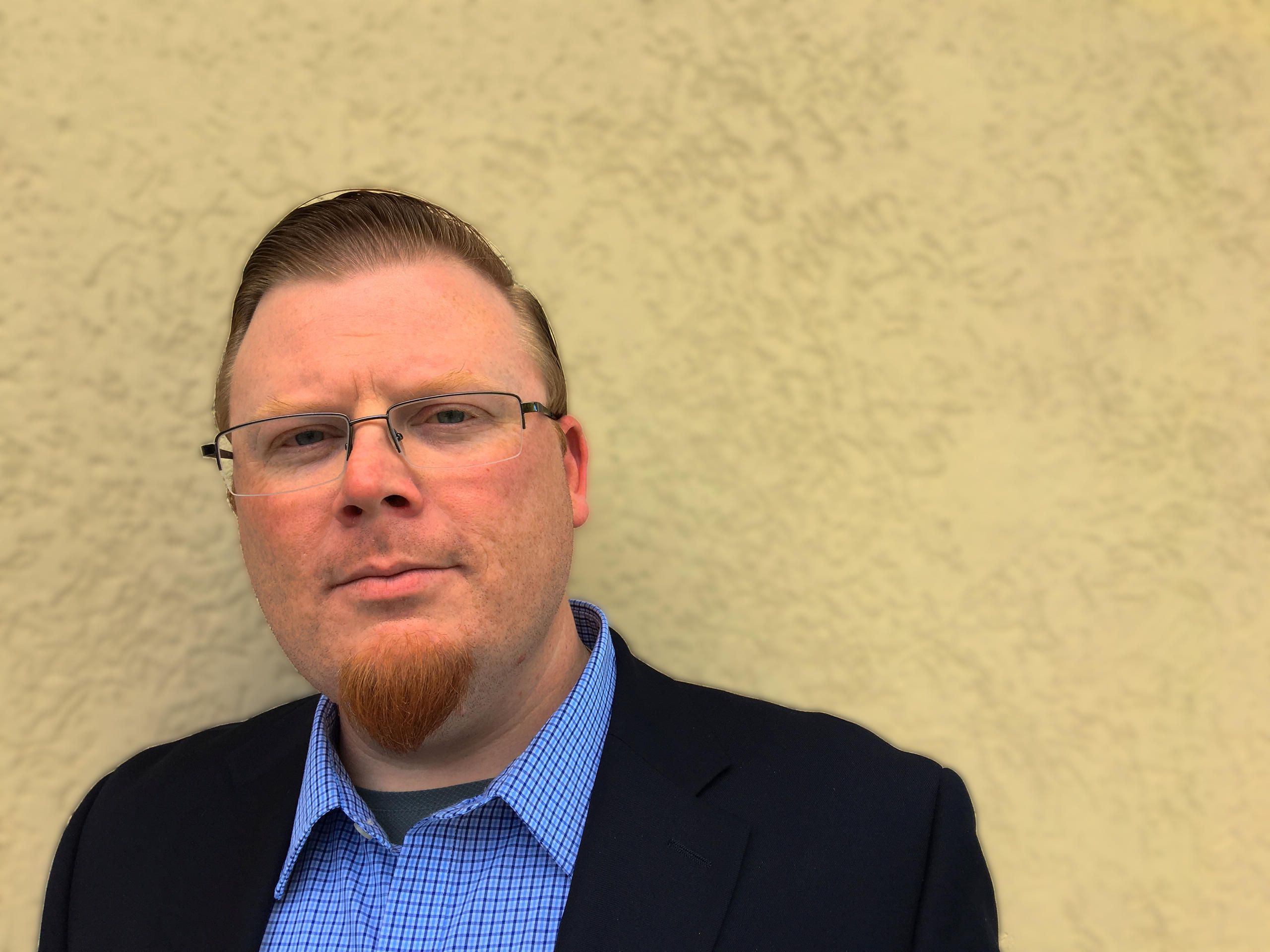Two patchwork health care systems, and two stories of reform

In some ways the Swiss health care system before reform looked a lot like the core of the United States' system, which might be why many eyed SwitzerlandExternal link during the wrangling over the Affordable Care Act. What changes did the Swiss make and what’s been the result?
In this first article in our series looking at health care on both sides of the Atlantic, we answer that question, sent in by one of our readers. He wondered what the Swiss system was like before reform and how it came about.

Why was there a desire for reform?
Before reform, insurance in Switzerland was not compulsory, rather voluntary, paid for in large part by premiums and co-pays. There was federal and cantonal support to help people who needed it, but that made up only 15 percent of financingExternal link. Some have arguedExternal link that one “American” characteristic of this pre-reform system may have been the trend of private insurers snapping up non-profit “mutual” health plans, and refocusing on profits. This led private insurers to compete for “wealthy External linkand healthy clients”External link because it’s cheaper and more profitable to insure people who are, well, healthier. Regulation existed in this pre-reform Helvetia, but wasn’t too heavy-handed.
It’s important to say that, even with more of an “American-style” system, Switzerland was still covering more than 90% of the population. (Some estimatesExternal link put it at 96%). Why? Maybe one reason is because the Swiss are more risk averse, and have a strong sense of personal responsibility when it comes to health care.
But it’s expensive. Even now the Swiss are spending about 12% of GDPExternal link on health, while the US is at about 17%. Swiss spending is slightly higher than what it was before reform, but now everyone is covered and there’s more of a sense of equity in the health care system. Former Swiss President Pascal Couchepin told author T.R. ReidExternal link that, “you can earn more money than your neighbor; that’s not society’s business.” But basic needs, like health care, need to be “handled with a high degree of equality.”
By working on this common ground, and by giving multiple stakeholders a say, the Swiss had many ways to find party coalitions to get reform accomplishedExternal link. It ultimately passed through the House of Representatives in 1994 by 124 votes to 38 and cleared the Senate 35 to 1. The public referendum on the issue passed more narrowly, with 51.8% of voters in favour.

What did the reforms bring?
Since 1996, when the reforms came into effect, there has been mandatory health coverage for everyone living in the country. This means that every man, woman and child is required to have at least basic insurance, which must offer the same benefits to everyone.
Some exceptions to this system exist for foreigners staying in Switzerland for a short time, which we will explain in a future article in this series.
Low-income households receive government support to pay their health insurance premiums. We’ll have more on that, plus how much premiums have risen, in a future article as well.
Basic insurance does not include accident coverage, which must be purchased separately. Anyone who works for the same employer for at least eight hours per week is automatically covered – including for accidents outside work.
Basic coverage is offered by a pool of some 60 insurers nationwide that adjust their rates annually. Every autumn, with a deadline of November 30, people in Switzerland may look at the new ratesExternal link and choose to switch insurers.
Health insurers are not allowed to make a profit on the basic insurance coverage they offer, so they offer supplementary insuranceExternal link at an extra cost to anyone who may want it. Available in a range of price and coverage options, supplementary insurance offers additional coverage, such as private rooms when hospitalized, and special types of treatment, like physical therapy or acupuncture. Insurers may turn away applicants for supplementary insurance, however, based on factors such as age or pre-existing conditions.

What is health care coverage like today on the other side of the Atlantic?
About half of AmericansExternal link get insurance through employer-sponsored private health insurance.
For Americans over 65 or with disabilities, there is a government insurance program called MedicareExternal link. The 14% of the population on this program have contributed to trust funds to secure coverage, but there are still some out-of-pocket co-pays and costs.
For poor Americans, there is an assistance program called Medicaid, jointly administered by the federal and state governments. For the most part, people don’t have to pay for medical care when they qualify for this, save for small co-pays. One of the provisions of the Affordable Care Act – or Obamacare – allowed for the expansion of who can qualify for Medicaid, but this is being fought overExternal link among some in the Republican party. Roughly 19% of the population is covered under Medicaid.
Veterans of the US military and Native Americans are eligible for health care through a system of government facilities. You might think of this as akin to Britain’s National Health System model, or what some Americans decry as “socialized medicine.”External link
People not covered by the above options can shop online in insurance marketplaces to find a private plan. But those plans can be expensive.External link And even with this patchwork system nobody likesExternal link, nearly 10External link% of Americans don’t have insurance.
How are reforms to the US system going?
Swiss reform was spurred by cost concerns and a mostly universal political desire for more equity in the system. But the US debate does not have this political unity around the idea of universal basic coverage, only around the idea that costs are too high. Some in the Republican Party see health care as a privilegeExternal link, instead of a basic right. And, until recentlyExternal link, the Republicans have been pretty well united in the idea of repealing and replacing Obamacare.
So, US lawmakers are left trying to put more patches on the patchwork systemExternal link. Costs are still high, and more people are covered, but not everyone is covered. And had the Swiss not reformed their system in the name of equity and cost controls, it might look a little more American, perhaps with more holes than patches.
Ask a question about the Swiss and US health care systems and we may cover it in this series:

In compliance with the JTI standards
More: SWI swissinfo.ch certified by the Journalism Trust Initiative













You can find an overview of ongoing debates with our journalists here . Please join us!
If you want to start a conversation about a topic raised in this article or want to report factual errors, email us at english@swissinfo.ch.